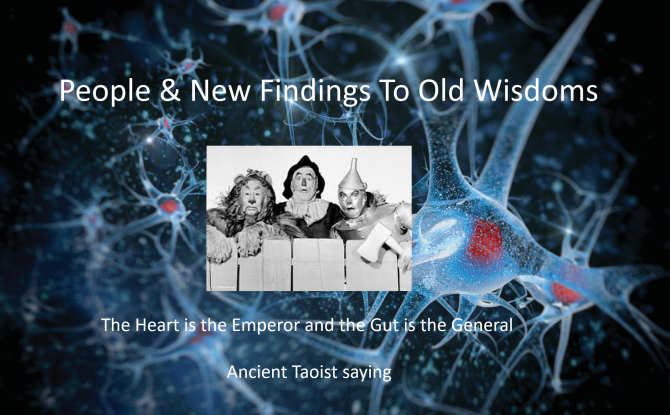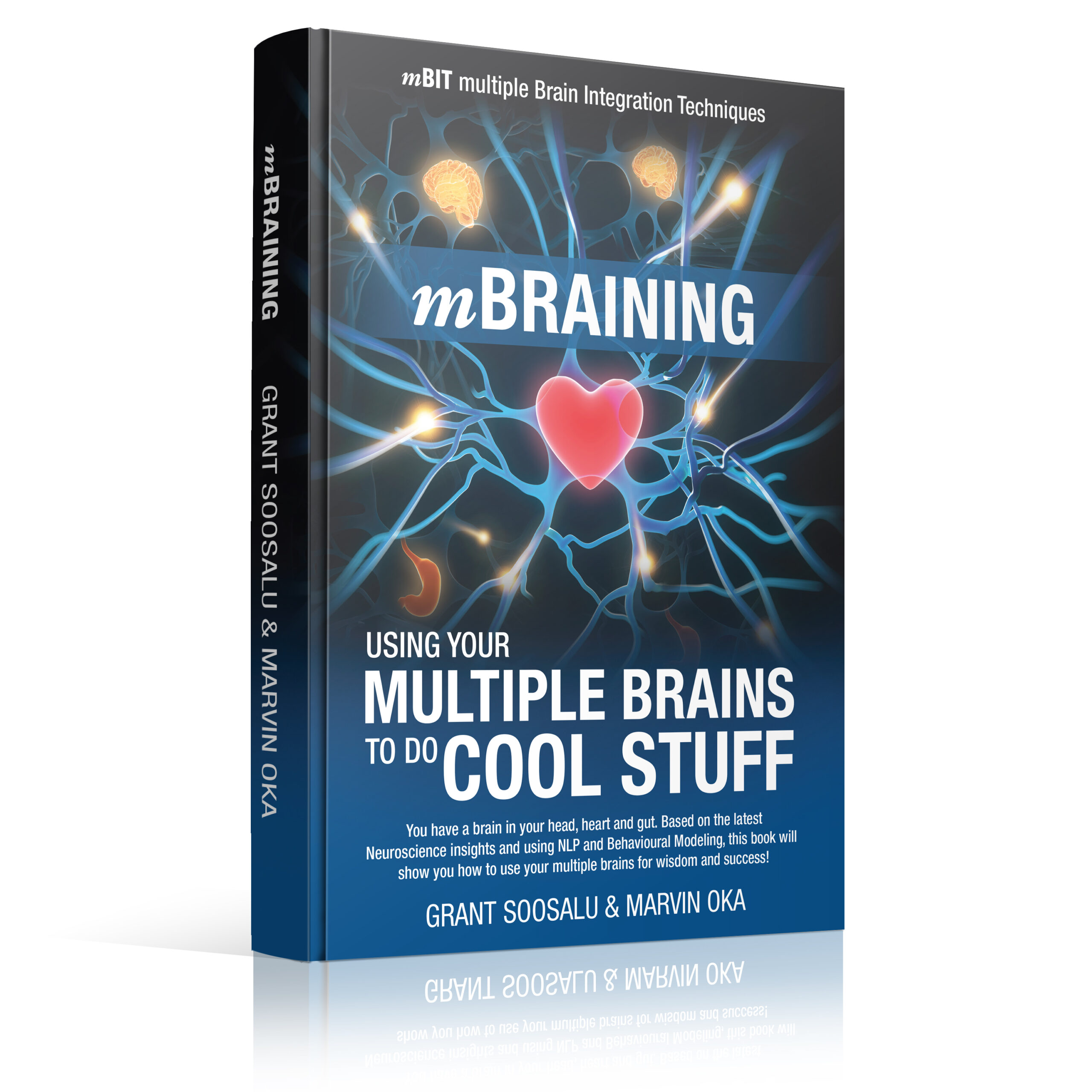We have been looking at a range of approaches to change management and at the time of writing have catalogued over 40 change-related models. The fact that there are so many models suggests that change is a challenge and our approach to managing change has itself been changing for some time.
We’re not looking to develop a new “silver bullet” solution for change – we think 40+ is enough for now.
However, having spent 18+ years working on a range of change projects with various challenges and degrees of success, we are really curious about what can help people to navigate change in a more effective and more considerate way.
Given that people are the key component in change we thought we would start with people in mind, rather than change or change methods.

The head, heart and gut have been talked about in many cultures for thousands of years. References to three souls or intelligences is made in Taoism, Sufi wisdom, Jewish Kabbalah, Shamanism, Native American Sioux, Inuit Eskimos, Chinese Aborigines to name a few.
However since the time of the Enlightenment, Western culture has increasingly valued the wisdom of the head-brain and conscious thought1. As a consequence, the value of our other resources has been somewhat neglected, until very recently.
Grant Soosalu & Marvin Oka have taken the latest findings in Neuroscience that show we have three functioning brains in our head, heart and gut respectively. Using these findings as the basis for further behavioural modelling research, they unpacked some of the unconscious processes we use with our head, heart and gut.
They have further developed a body of techniques and processes for aligning and harnessing the wisdom of the three brains which we call ‘multiple brain integration techniques’, or mBIT for short.
Heart brain prime functions

1. Emoting– emotional processing (e.g. anger, grief, hatred, joy, happiness etc.)
2. Values – processing what’s important to you and your priorities (and its relationship to the emotional strength of your aspirations, dreams, desires, etc.)
3. Relational affect – your felt connection with others (e.g. feelings of love, hate, indifference, compassion, uncaring, like, dislike, etc.)
Gut brain primary functions

1. Core Identity – a deep and visceral sense of core self, and determining at the deepest levels what is ‘self’ versus ‘not-self’
2. Self-preservation – protection of self, safety, boundaries, hungers and aversions
3. Mobilisation – motility, impulse for action, gutsy courage and the will to act
Head brain primary functions

1. Cognitive Perception – cognition, perception, pattern recognition, etc.
2. Thinking – reasoning, abstraction, analysis, synthesis, meta cognition etc.
3. Making Meaning – semantic processing, language, narrative, metaphor, etc.
Making and applying meaning
Now this isn’t to say that the heart and gut brain are standalone, indeed the body as a whole is both complex and integrated – a neural network.
What is important is that when the brains are not integrated or aligned we get problems – decision making, commitment, resistance, fear and not just emotions, we can also experience a number of physical reactions3.
There is a clear link between our brains and how decisions are made, for example emotions often characterised as “irrational”, “clouding judgment” and “distorting reasoning”4 whereas neurobiological studies have established that emotion is indispensable in rational decision making5.
In a practical and business sense, particularly where change is involved we often hear the term “people are change resistant”, before assuming the problem lies with the resistor it may be an issue of communicating at the wrong level.
For example, in bringing in change we may be challenging individuals thining, but just as importantly, their:
1. values and beliefs; 2. identity and/or status; 3. feeling of safety.
Plus many other aspects.

Taking a logical, head based approach is not effective when addressing issues, concerns, questions of the heart and gut.
When the brains are aligned we can operate in a choiceful, authentic, healthy and accountable way – both personally and professionally. In a change context this can mean moving through a change cycle in a more meaningful and conscious way.
References 1. Brock, V. (2014) The Triad How are our three brains impacted by coaching? Available at: http://www.vikkibrock.com/wp-content/uploads/2014/05/choice_v12n4_feature-The-Triad-VikkiBrock.pdf (Accessed: 4 November 2016). 2. Oka, M. and Soosalu, G. (2012a) MBraining: ‘Using your multiple brains to do cool stuff’. Charleston, SC: CreateSpace. 3. Brown, H. (2005) The Other Brain Also Deals With Many Woes [ONLINE] Available at: http://www.nytimes.com/2005/08/23/health/the-other-brain-also-deals-with-many-woes.html?_r=0. [Accessed 08 November 2016]. 4. Barnes, A. and Thagard P., (1996). Emotional.Decisions. [ONLINE] Available at: http://cogsci.uwaterloo.ca/Articles/Pages/Emot.Decis.html. [Accessed 08 November 2016]. 5. Damasio, A.R. (1994). Descartes’ error: Emotion, reason and the human brain. New York: Grosset/Putnam Book. Cited by Barnes, A and Thagard P (1996)
Thanks to Clare Taylor for her skill and creativity in painting
Many thanks to Mark Simpson Head of Consultancy at Armour Risk Management for writing this article on the challenges faced by humans in the development, management and delivery of change
Mark can be contacted at
E msimpson@armourrisk.com
T +44 7931 942 794 / +44 207 382 2061
http://uk.linkedin.com/pub/mark-simpson/4/185/b53/



